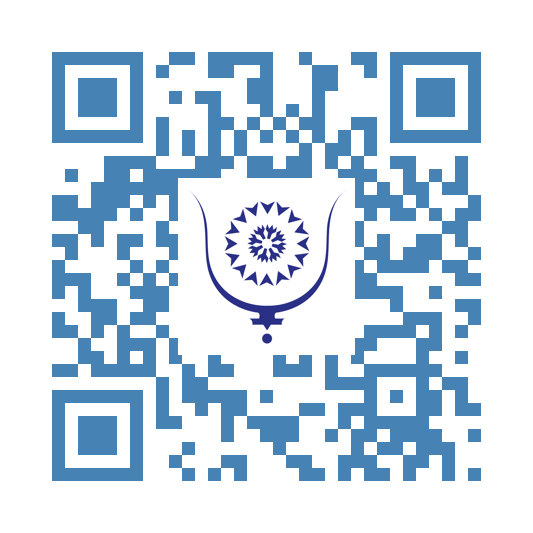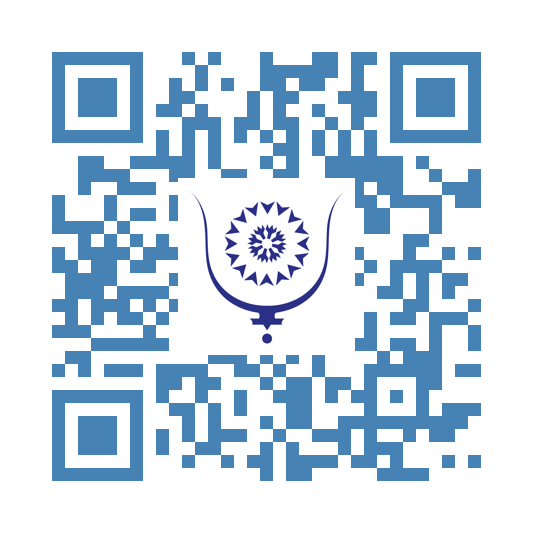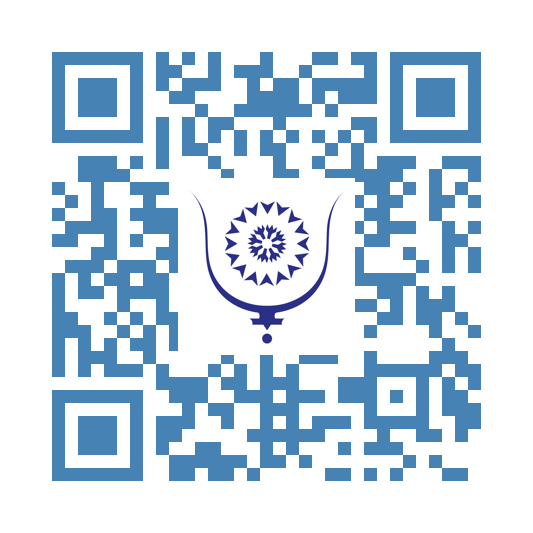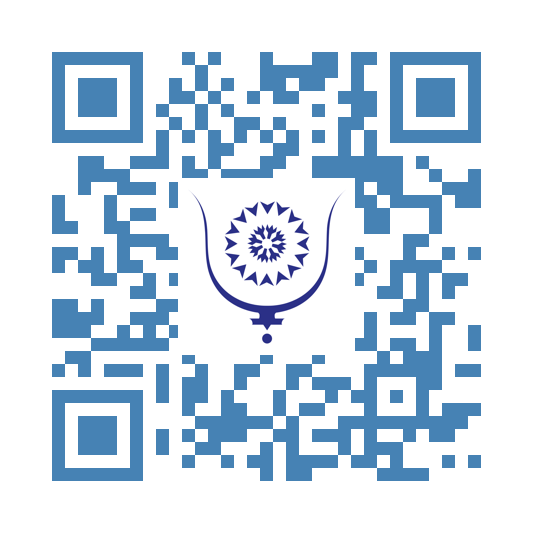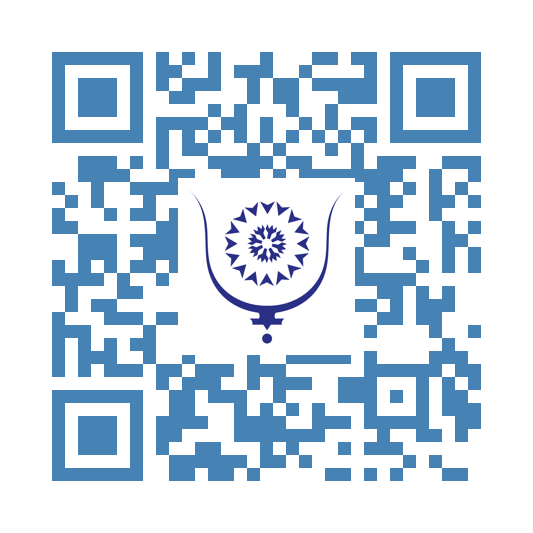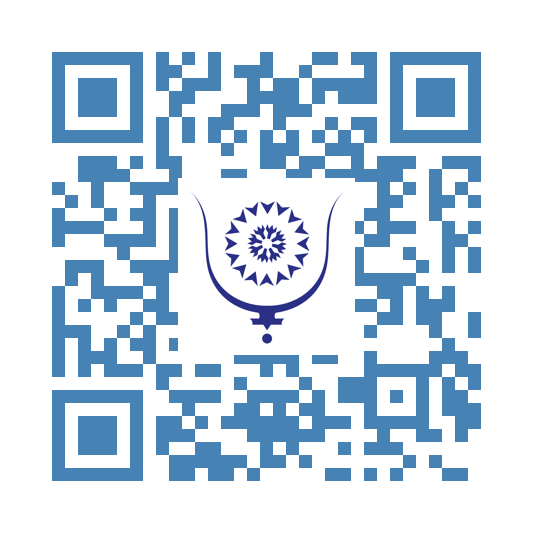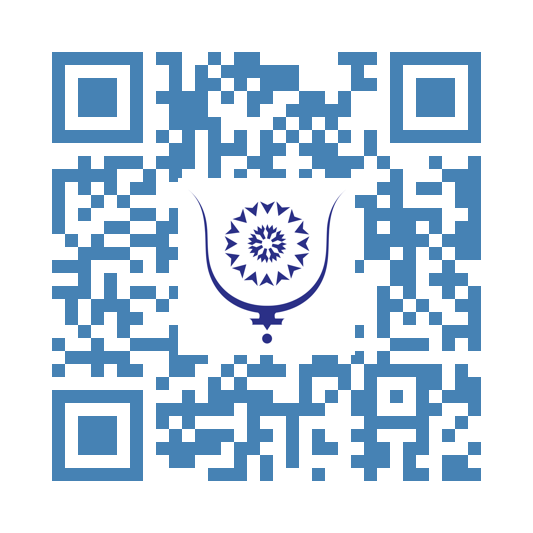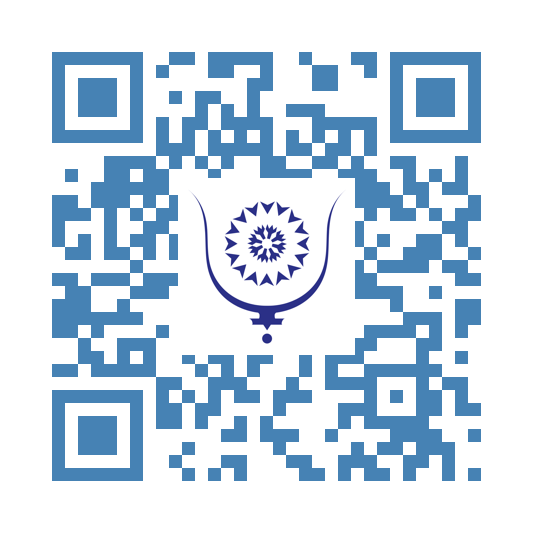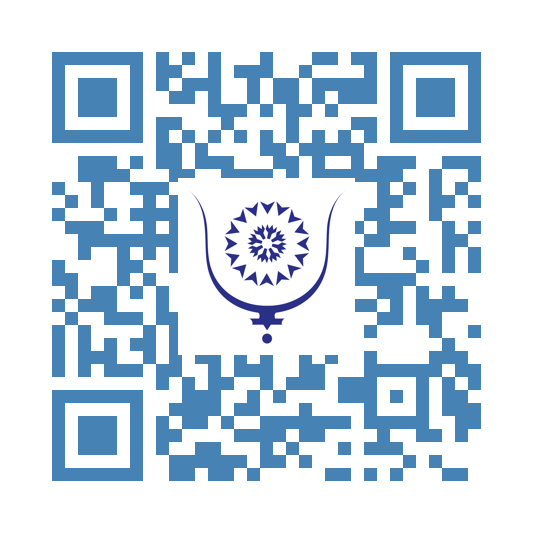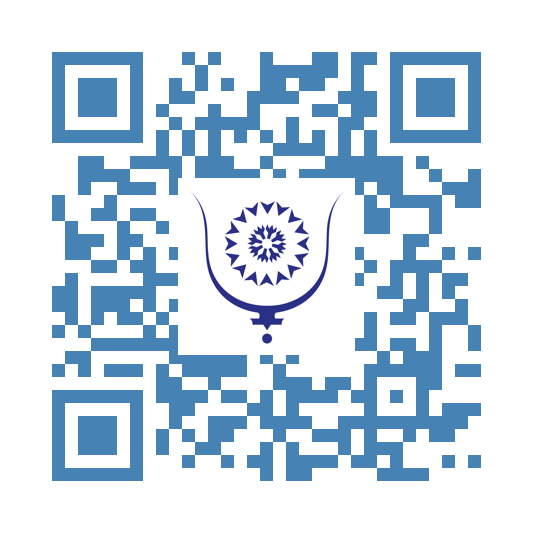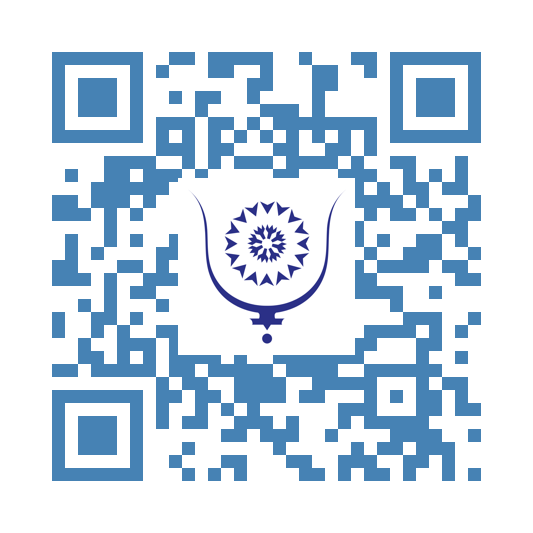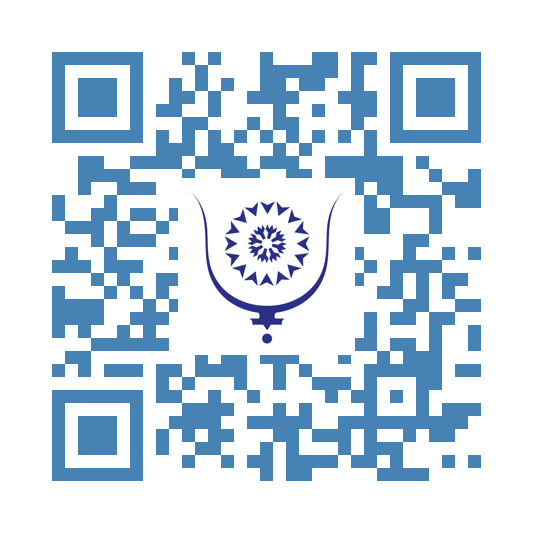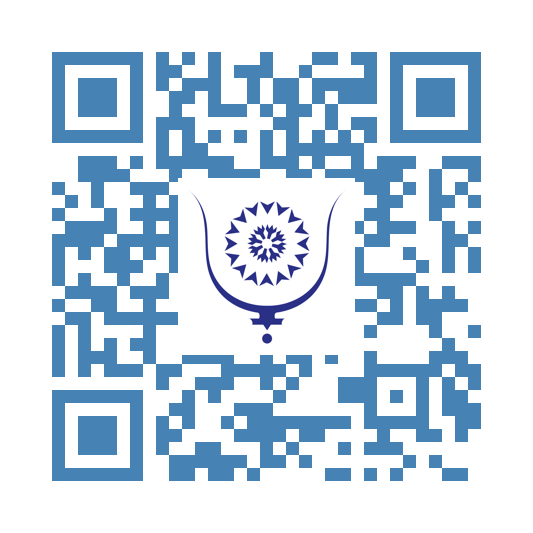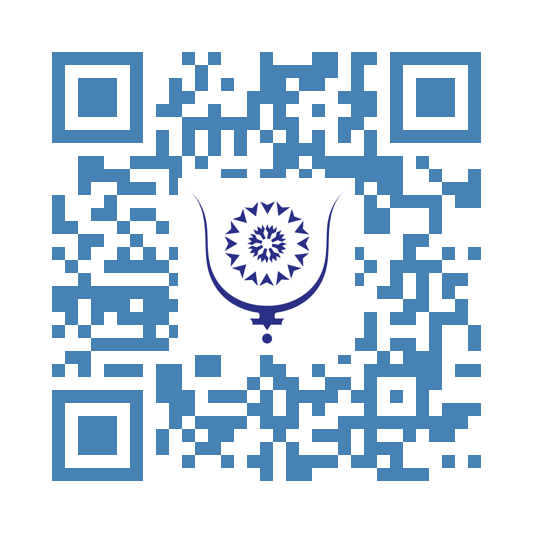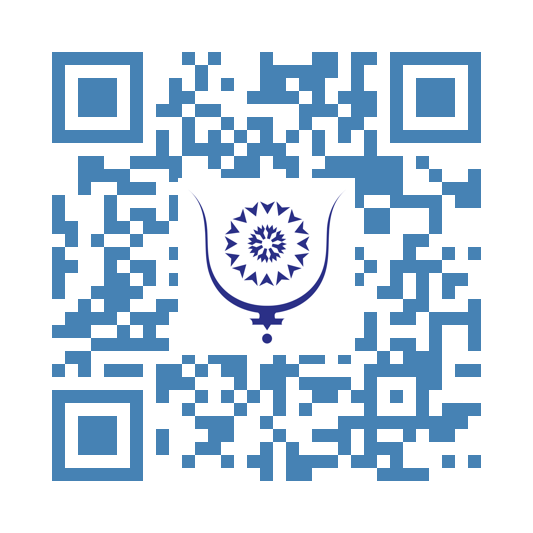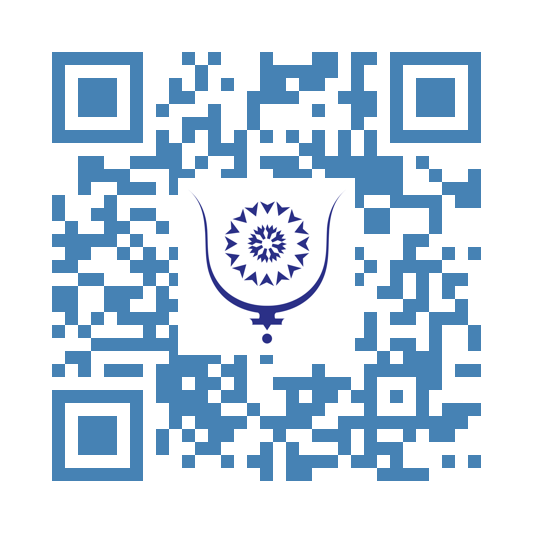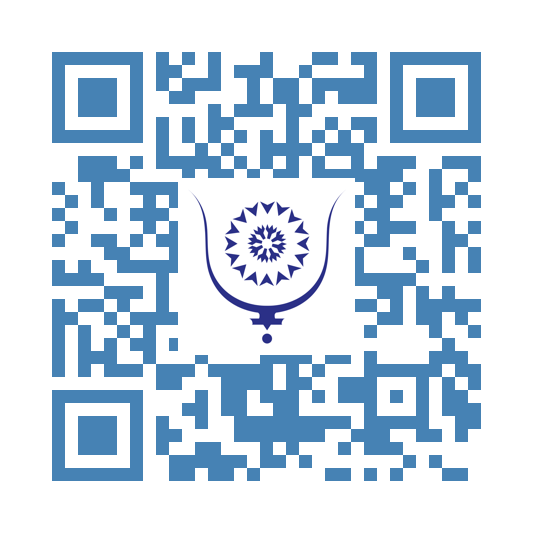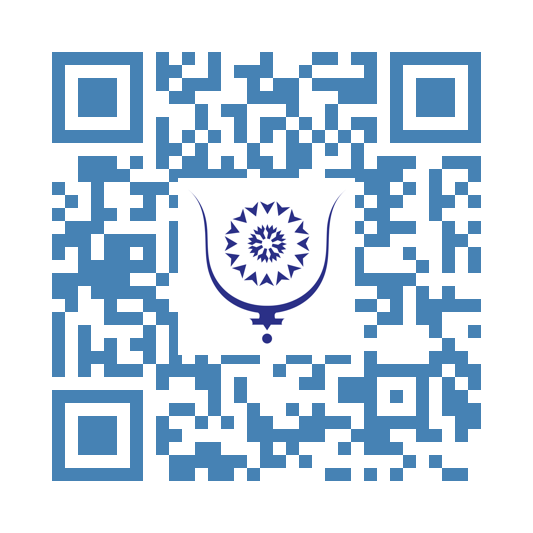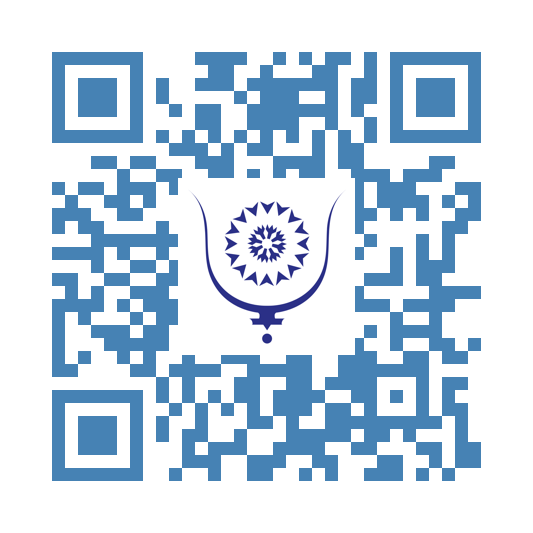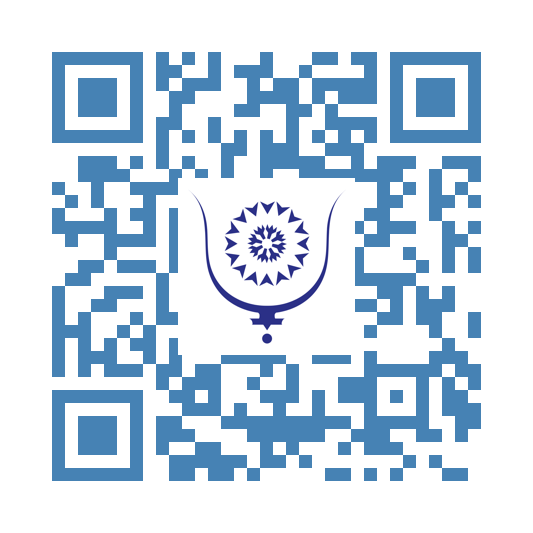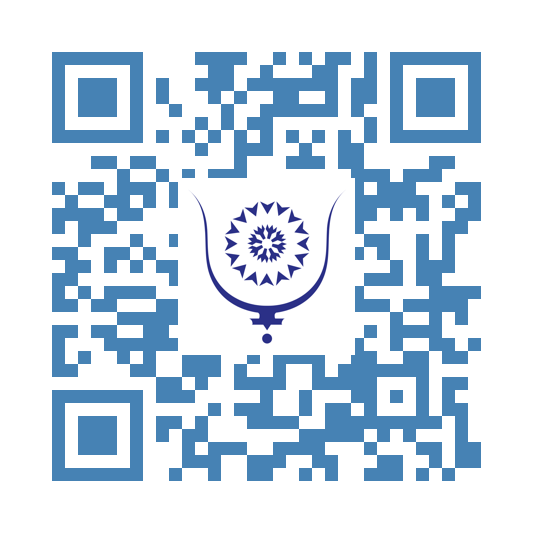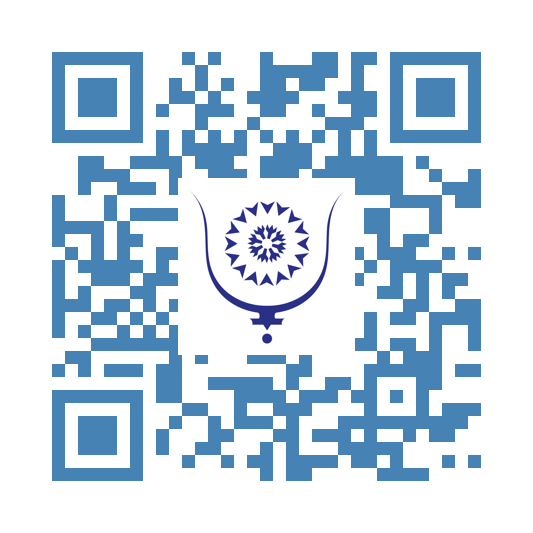Memoirs of Atlantis II 8014
Poseidonis was the seat of Atlantis' power and culture, where the advanced technologies and spiritual knowledge of the Atlanteans were concentrated. It was there that the most powerful Atlantean priest-kings ruled, and where the division between the two dominant races—the more spiritually inclined and the more materially focused—contributed to the island’s eventual destruction.
As Poseidonis faced inevitable doom, many of the wise initiates who lived there foresaw the coming cataclysm. These initiates, aware of their civilization’s fate, worked to gather and preserve as much of their knowledge as possible. This knowledge, stored in crystal technologies and sacred texts, was hidden in various places around the world for future generations. However, much of the technology needed to access this information was lost when Poseidonis sank, leaving behind only fragments that have been passed down through oral traditions and scattered texts.
After Poseidonis was destroyed, the survivors spread around the globe, influencing the regions they reached. One of the most notable places believed to have received these refugees was Egypt, where Atlantean survivors played an important role in shaping early Egyptian civilization. Their influence, including sacred architectural knowledge, is thought to have contributed to the construction of the pyramids and the transmission of spiritual teachings. Edgar Cayce suggested that some of the lost knowledge of Atlantis might still be hidden beneath the Sphinx, in a "Hall of Records" yet to be discovered.
In addition to Egypt, there are traditions linking the Atlanteans to other parts of the world, including the Americas. One of the most intriguing connections is with the legend of Ratanabá, an ancient and lost city believed to be hidden deep in the Amazon rainforest. According to esoteric accounts, Ratanabá was one of the great Atlantean cities founded long before the cataclysm that destroyed Poseidonis. It is said to have been a center of immense power and advanced technology, much like its parent civilization of Atlantis. Some believe that the ruins of Ratanabá still exist, hidden beneath the dense jungle, waiting to be rediscovered, and that it may hold clues to the lost knowledge of Atlantis and its survivors.
Ratanabá, like Poseidonis, is said to have had connections to the wider Atlantean network of cities spread across the globe. According to some legends, the survivors of Poseidonis who reached South America carried with them sacred knowledge and technological expertise, establishing or reinvigorating cities like Ratanabá and Tiwanaku in Bolivia. These sites, with their advanced stonework and alignment with celestial events, are sometimes attributed to the technological prowess of Atlantean refugees.
The legend of Shamballa, a hidden spiritual kingdom in Central Asia, also plays a role in this narrative. Some esoteric traditions suggest that the most spiritually advanced survivors of Poseidonis traveled to Shamballa, where they continued to safeguard their knowledge and spiritual teachings. Shamballa, described as a utopian society and a repository of ancient wisdom, is believed to have become a refuge for enlightened individuals from many cultures, including the Atlanteans.
Poseidonis, Ratanabá, and Shamballa form part of a larger mythos connecting ancient advanced civilizations and the remnants of their wisdom. Although the physical locations of these cities may remain hidden or lost, their influence is believed to be felt across many early civilizations. Whether in Egypt, South America, or Central Asia, the legacy of Atlantis endures through the scattered remnants of its teachings, architecture, and technological achievements.
Though Poseidonis was lost beneath the waves, and Ratanabá may be concealed in the depths of the Amazon, the legends surrounding these cities suggest that the survivors' knowledge and influence continue to shape the course of human history, waiting to be fully rediscovered.




